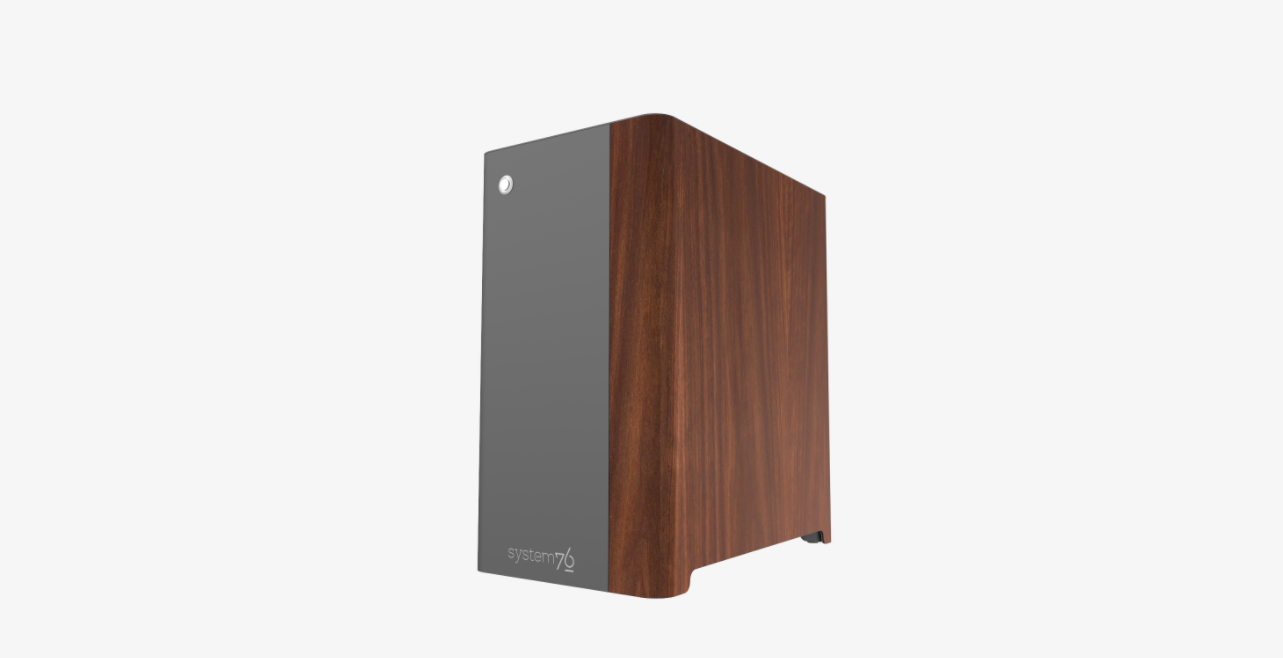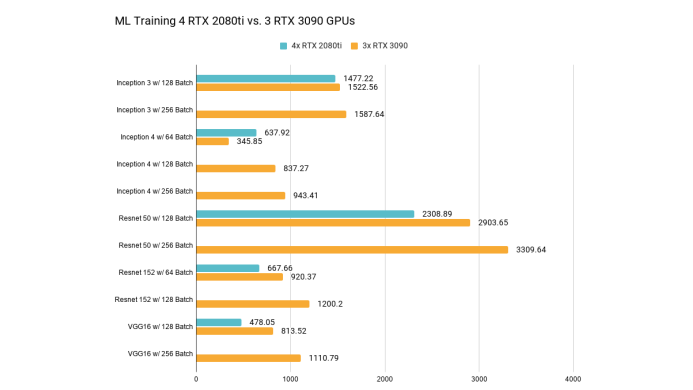Open-source Linux PC Stuffs 4 Quadros Into Mid-Tower Case
Datacenter power that looks natural at home
Are you looking for a new PC build project that could cost as much as a new car? Do you have four RTX 3090s, or even Nvidia Quadros, kicking around with a Threadripper CPU? Or are you just able to spend up to $45,000 on someone who does building a deep-learning PC for you? Then System 76’s new Thelio Mega, which packs corporate power into a form factor that would be at home in your well, home, is for you.
System 76 is a bit of an oddity in the extreme high-end PC world. The company is a staunch advocate of open-source and the right to repair, meaning that all of their computers are actually free for you to build yourself, if you can understand their freely downloadable schematics and have all the right parts and tools. They also all pack Linux as their OS, because of course that’s how System 76 rolls. But if you don’t have the confidence or knowhow to build one of their systems from just its schematics, or just can’t get your hand on parts like RTX 3000 series cards, you can also pay the company to build your new system for you.

That’s what makes the Thelio Mega so special. It packs datacenter level power into a sleek and stylish wood-paneled 18.8 x 10.3 x 17.2 chassis, meaning that the average person probably couldn’t tell it apart from a home computer just by looking. And that goes double for listening, since the Thelio Mega is entirely air-cooled. It has four intake fans that sit directly next to its vertically mounted GPUs, and a single large exhaust fan on the back alongside plenty of vents. Meanwhile, a separate duct funnels air into and away from your CPU, keeping it separate from the GPU cooling.
So, how does the Thelio Mega perform? System76 put it to the test using a Threadripper 3990X setup with four RTX 2080 Tis and another setup with three RTX 3090s.

In general, despite being a GPU short, the RTX 3090 build “performed similar or better... for more tests with the same batch size.” Tests included Inception3, Resnet50, Resnet152, VGG16 and Inception4, all run through Tensorman. As opposed to usual GPU performance tests like 3DMark’s benchmarks or in-game benchmarks, these all focus on machine learning, and in keeping with its open-source nature, Studio76 has a github clone where you can copy its benchmarks directly.
With the exception of a single Inception4 test, the three RTX 3090s beat the 4 RTX 2080 Tis either slightly or significantly in every test, and the 2080 Tis didn’t even have enough memory to run every test. For instance, the 3090s scored 1522.56 vs the 2080 Tis’ 1477.22 in one of the Inception3 tests, which isn’t too much of a gain. But on one of the Resnet50 tests, the 2080 Tis scored just 2308.89 while the 3090s scored 2903.65. Most of the scores sit somewhere in between these two extremes.
Obviously, these numbers are a little difficult to parse for those of us who focus mostly on gaming. But as new numbers from Puget Systems show, RTX 3090 SLI is no slouch, with new cards adding almost linear performance progress in OctaneBench.
All of this is a bit overkill, given that a single RTX 3090 is more than most people need. But if you need to operate high-level tasks like machine learning, systems like the Thelio Mega make it easy to do so in style and from anywhere. And if you can follow the schematics, they let you do it from scratch, too.
Or, if you're looking to buy it for something simpler like gaming, you can also select its absolute lowest-end configuration, which still costs $7,499.
Get Tom's Hardware's best news and in-depth reviews, straight to your inbox.
Michelle Ehrhardt is an editor at Tom's Hardware. She's been following tech since her family got a Gateway running Windows 95, and is now on her third custom-built system. Her work has been published in publications like Paste, The Atlantic, and Kill Screen, just to name a few. She also holds a master's degree in game design from NYU.
